By Terry Gore
In the early 13th century, the Baltic frontier in central Europe remained a hostile and uninviting place. Pagan Europeans far outnumbered Christians, and the area was a focal point for constant conflict between mutually exploitive neighbors slavering to carve out new territorial holdings at the expense of anyone who stood in their way. During this period, two major outside forces came into play. One was the zealous Teutonic Order, German-born warrior knights who considered it a holy crusade to subdue and vanquish the pagans—and the Russians, too, for good measure. The other force was the Mongols, Asian nomads who first had invaded western Europe in 1223, advancing all the way to the gates of Vienna in two short decades before heading back home upon the death of their great leader, Ogadai, son of Genghis Khan.
The indigenous people inhabiting the Baltic frontier spoke various languages, from Baltic in the south to Finnish in the north. Exotic and mystifying, they were a source of morbid fascination to more westernized Europeans. Traveling monk Adam of Bremen wrote of the Balts in the 11th century, “They worship serpents and birds and also sacrifice to them live men whom they buy from merchants.” They fought continually, raiding their neighbors in Scandinavia and Russia in search of women, loot, and slaves. Theirs was an inhospitable land whose brutal weather made lengthy campaigns difficult. The weather was acceptable only for brief periods from May through June and August through September. Winter was actually a better time for campaigning—the dense forests were impossible to traverse, but frozen rivers, lakes, and streams could be crossed easily when iced over.
The Teutonic Order Stuck Deals to Expand Its Power and Influence
Early in the 13th century, King Andrew of Hungary asked the master of the Teutonic Order, for help against the problematic Cuman raiders in Transylvania. Hermann agreed to lend his military aid for a price—he wanted land. The demand was duly met-and the fighting order pacified the area by 1225. When the order began to import colonists of its own from Germany, King Andrew ordered them to leave for fear that their growing power and influence would become a threat to his own kingdom. The Teutonic Order was not in any condition, numerically, to fight an all-out war with Hungary, so Hermann grudgingly complied, putting his expansionist efforts to work in another land close at hand—pagan Prussia.
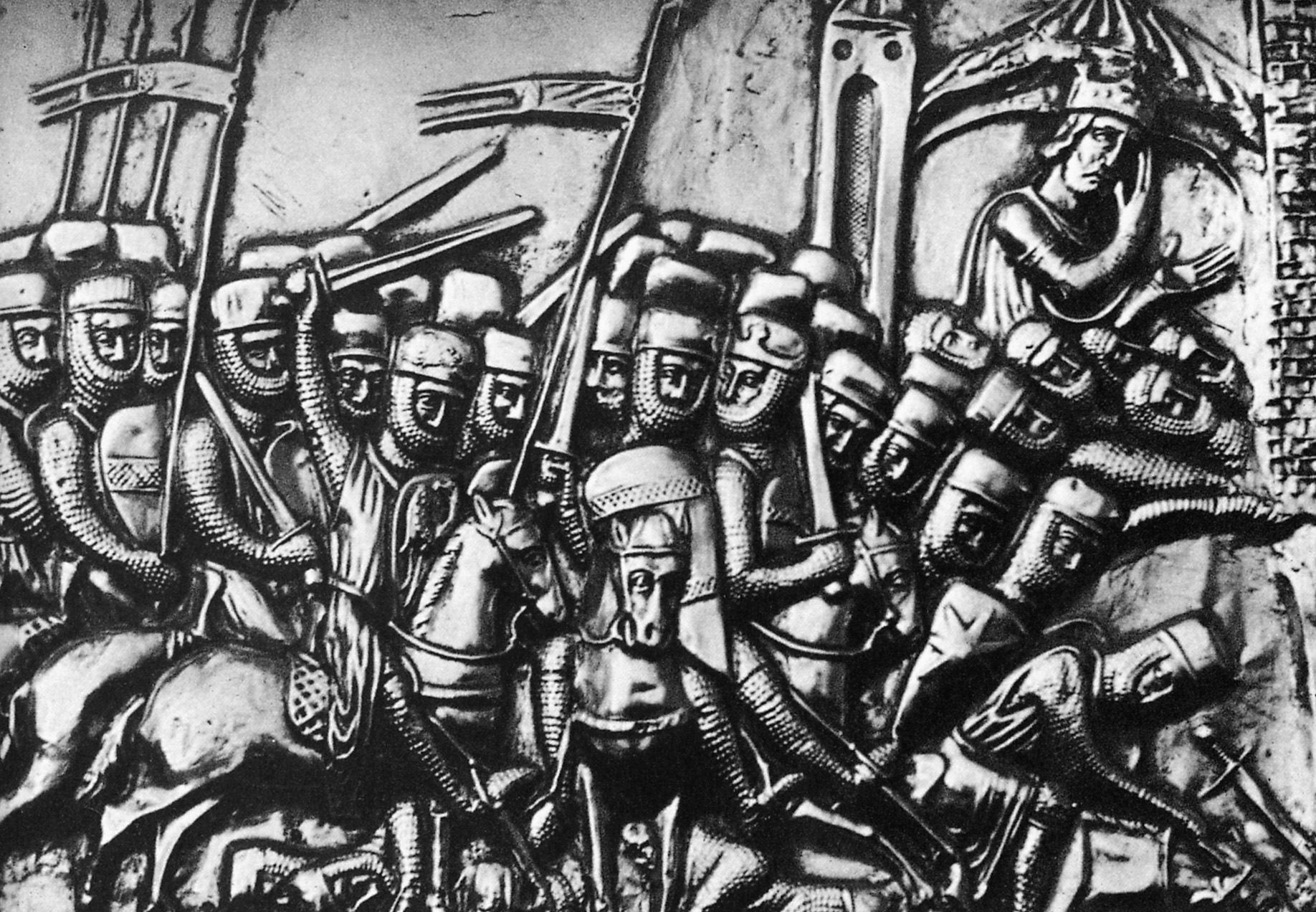
While it was concluding its campaign in Hungary, the Teutonic Order was asked by a Polish duke, Conrad of Moravia, to join him in battle against the marauding Prussians on his borders. The duke assumed, somewhat naively, that he would use the order to protect his lands, freeing up his own resources and men to force his recalcitrant Polish neighbors to recognize him as the main power in Poland. But Hermann had some demands of his own. He wanted a free hand in allowing his men to fight whomever they wanted and to control any lands they might wish to Christianize. Conrad agreed, to the later regret of many of his countrymen. He saw no problem in letting the Teutons fight a common pagan enemy—if they gained a few miles of forest and swamp, so what?
Hermann sent a letter to Pope Gregory IX telling him of his plans to convert the pagans and asking for the pope’s blessing in this endeavor (and also to legitimize his future conquests). Gregory complied, giving his consent as well as the promise of a full papal indulgence to any Christian willing to fight with the Teutonic Order in Prussia. Many did just that, attracted by the lure of becoming a noble—and well-rewarded—soldier for Christ.
The idea of warrior monks had grown out of the Crusades. A group of French, Burgundian, and Flemish knights formed the first such force, banding together to protect fellow holy warriors and escort pilgrims safely back from the Holy Land. These knights eventually were housed in the royal palace in Jerusalem, where they became known as the Knights Templar. In the 1120s, the concept of monastic knighthood was further promulgated by Bernard of Clairvaux. Such men took vows of celibacy, poverty, and obedience to God in return for the promise of eternal salvation. In a few short years, these knights of Christ had grown into a powerful and wealthy organization, the Hospitallers. By the last decade of the 12th century another order had developed, the Order of the Hospital of St. Mary, which evolved into the militaristic Teutonic Order in 1198. By 1215, Holy Roman Emperor Frederick II had taken the new order under his wing and made its master, Hermann von Salza, a prince of the Empire, giving the order even more power and prestige.
Knights of Men, Knights of God
Prussia was not the only region in the area that was being forcibly converted. Other German forces—not members of the Teutonic Order—had colonized the border region of Livonia under the auspices of a crusade to convert the pagans there to Christianity. This was accomplished largely through the efforts of two ambitious bishops, Albert von Buxhoeved and the Bishop of Estonia. They determined that to be successful in such a major undertaking, they would need help in expanding control into the pagan lands and then defending the newly pacified area. Previously, Christianity had been spread with great success, by missionaries throughout much of Europe. The missionaries would first go to the tribal leaders and tell them exciting stories of brave men who died for their beliefs in horrible ways. The pagans would listen closely and become fascinated by the concepts of personal salvation, sacrifice, and an afterlife. Once the tribal leaders had decided to accept Christianity, it was a simple matter for them to demand that their followers do the same.
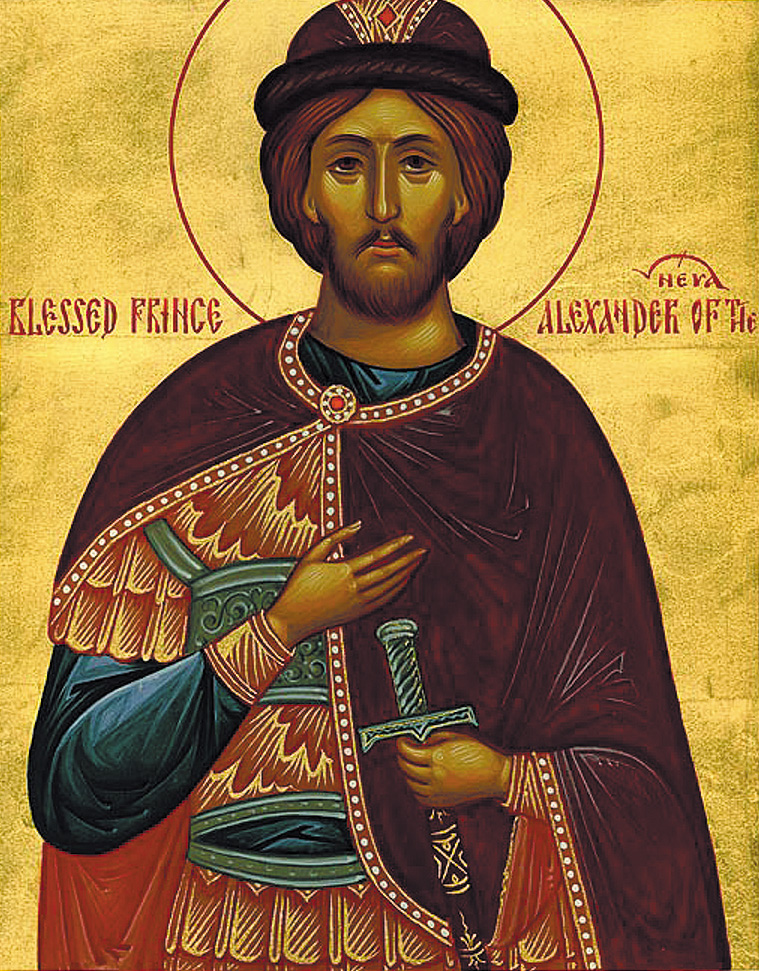
In the Baltic region, however, this approach did not seem to work. In 1202 the two bishops decided to alter their modus operandi by establishing a new religious order of warriors called the Sword Brethren in the town of Riga. Getting men to join such a group was not easy. The knights basically had to be bought off by Albert, as they owed no official allegiance to him—only to God. Albert sweetened the deal by promising the knights additional land and power. Some knights joined for other reasons: escape from a boring life, troubles at home, sheer bloodlust, or even the rather more selfless opportunity to do God’s work. With these new holy warriors in hand, Albert managed to convert and hold Livonia by force.
The always small numbers of Sword Brethren garrisoned fortresses and trained men in the ways of western warfare, augmenting their ranks with a covey of retainers, seasonal knights, local militia, and townsmen, but always having to keep an eye on their allies for any outbreaks of blood feuds between neighbors. Native light horsemen were used as scouts and foragers, but these riders often were more interested in rape and pillage than in doing the Lord’s work. The Sword Brethren (or Swordbrothers) were the leaders of the Livonian Crusade until 1236, when they made a poorly planned raid into neighboring Samigotia. On their return, they were attacked by Lithuanians and Scandinavians as they crossed the Saule River and were literally cut to pieces, losing half their number as they fought encumbered in the swirling water.
Upon hearing of the disaster, Hermann von Salza immediately wrote to Rome asking the pope to henceforth incorporate the survivors of the Swordbrothers into the Teutonic Order. In this way, he reasoned, he would gain more land, more power, and more experienced fighters for his cause. Lacking sufficient representation (only two members of the Sword Brethren were in Rome at the time of Hermann’s petition), the Swordbrothers were by papal decree made part of the Teutonic Order. But although Hermann had thought to expand the power and control of his order, he would find instead that his knights were increasingly spread thin trying to defend a lengthy border stretching from the Polish frontier to Lake Peipus in Russia. The stage was set for a bitter new conflict between the Teutonic knights and the long-suffering people of Russia.
Carving Out a Path of Destruction Throughout Russia
The trouble with Russia had begun a dozen years earlier, in 1224, when some overly aggressive crusaders had captured the Russian fortress of Tartu in Estonia. The leader of the attacking crusaders, Albert von Buxhoeved’s brother, proceeded to kill all but one of the Russian garrison. The new conflict was shaping up not simply as a contest for land, but as a deadly fight over religious affiliation as well. A great deal of tension between the Catholic and Eastern Orthodox churches had been in evidence since well before the First Crusade. One focal point of this tension was the northern Russian city of Novgorod, which had long been an important trading center, well set up for commercial success but not in a strong position defensively. Trading in furs, fish, and even ivory from walrus tusks taken in the frozen north, Novgorod’s population shared a common language and religion, and its leaders had set up a number of buffer zones among neighboring tribes to protect the city from outside invaders. But in 1223 the Mongols arrived on the scene, and Novgorod soon became dependent on western Europe for survival.
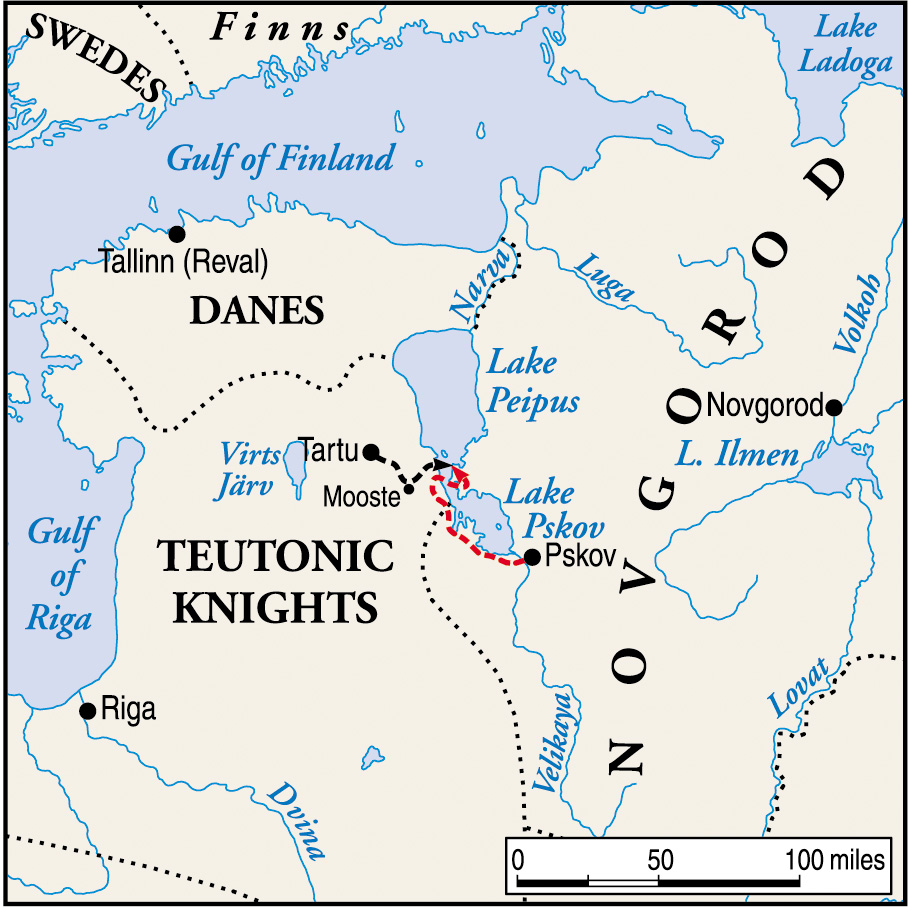
The merciless Mongols destroyed cities throughout Russia, massacred prisoners, and carried women and children away into slavery. At Riazan, they burned down the city and slaughtered the entire population. Some they killed with arrows, others they threw into the fire or disemboweled. In swift succession they captured Kolomna, Moscow, Suzdal, Vladimir, Yaroslav, and Tver. Ruthless, fearless, and well led, the Mongols seemed irresistible. Gruesome rumors sparked by all-too-real accounts of Mongol atrocities spread from city to city. The Russians coined a new name for the invaders. They called them “Tartars,” literally, the people from hell, and claimed that the invaders had the bodies of men but the heads of dogs. They were said to worship evil spirits and eat the flesh of their victims. In the face of such horrific rumors, many Russians opted to submit rather than fight. Others sought to enlist the Crusaders as fellow Christians and brothers-in-arms against the invading Mongol hordes, but western unity still was hampered by mistrust and hatred. To make matters worse, repeated plagues ravaged the land and many Russians saw the Crusaders not as allies, but simply as another outside threat.
Novgorod itself was spared from invasion by an early spring thaw, which halted the Mongols 100 miles from the gates of the city. Afraid of becoming bogged down in the marshy bottomlands surrounding the city, Mongol war leader Batu Khan postponed his campaign until the next fall, shifting his focus to southern Russia. This was welcome news to the people of Novgorod and their untested leader, 20-year-old Prince Alexander Nevsky. Born in 1220, Alexander had risen to leadership of the city upon the death of his older brother. Skilled in politics as well as battle, Alexander married the daughter of a neighboring city ruler and cemented his power. Making discretion the better part of valor, the new leader wanted to avoid battle with the Mongols at all cost. The equally troublesome Germans were another matter altogether.
The Teutonic Order vs. The Mongols
The Teutonic Order which never let a new opportunity for conquest and profit elude them, took it upon themselves to make life miserable for the Russians in their turn. Following in the Mongols’ wake, they moved back into Russia to pick through the bones the nomads had left behind. In September 1240, a small army of former Swordbrothers, Estonian knights, Danes, Russian exiles, and Germans attacked the Russian city of Pskov and captured it. From there, they besieged the castle of Bjorg, killing or capturing all the defenders. The attack on Pskov had been quick and brutally successful—perhaps too quick and successful. Flushed with victory, the Teutonic Order left behind only a garrison of two knights and 50 retainers to hold on to their new acquisition.
Alexander wasted little time in dealing with the European invaders. Unlike his dealings with the hordes from the East, this time there would be no capitulation or compromise. The Mongols had been a problem for almost 20 years. The huge invading army was alien in many ways. They fought using unfamiliar horse-archer tactics and wielding powerful composite bows. To challenge such an overwhelming enemy seemed futile and doomed to failure but the Teutonic Order was different. They, too, had been brutal, causing any number of civilian deaths, and all those deaths had been remembered and sworn to be avenged. Religious hatred also played a part. In the Middle Ages, heresy was considered a greater sin than non belief or belief in another religion. Although both the Russians and the Germans were nominally Christian, each side felt that God fought exclusively with them, and each would use this belief to justify the blood and destruction they were about to inflict upon the other.
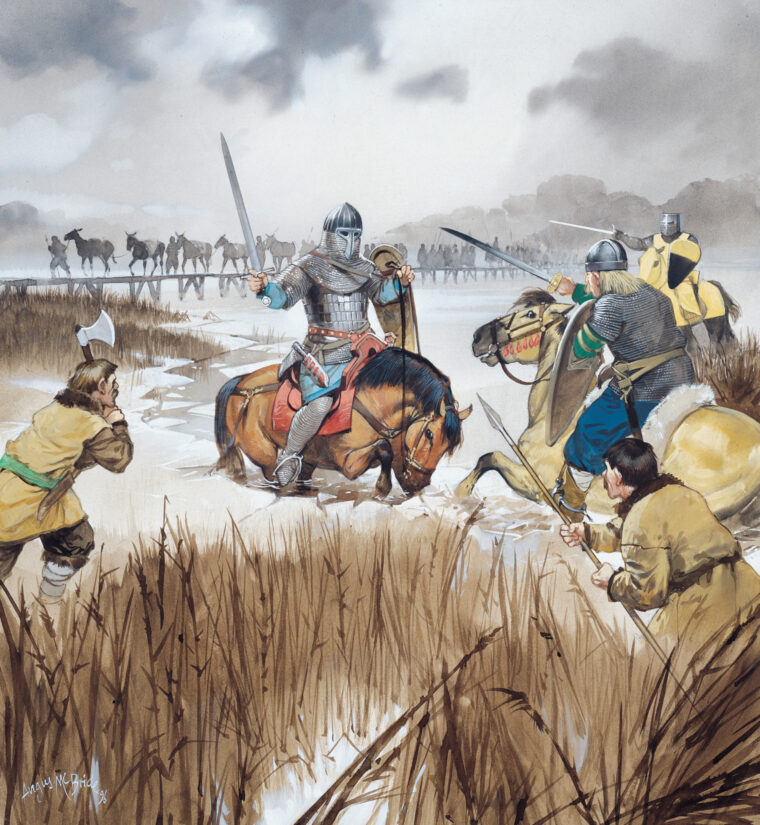
By 1242, the two sides had backed each other into a corner from which neither could retreat. Alexander already had made a move the year before, clearing the German garrisons east of the Neva River, killing any Estonians and Russians he found fighting for the enemy and freeing their captives from ransom. He then moved on to Pskov, driving away the two Teutonic knights left to hold the citadel before deciding to mount a punitive expedition into Teutonic territory. Alexander hoped to kill two birds with one stone. He wanted to force the Crusaders away from his own lands by raiding the enemy lands. He also wanted to show the Teutons that he had the ability to attack at his own whim.
The ensuing raid proved embarrassing to the order. When Alexander came into their land, the order was already in trouble. The year before, at Liegnitz, Poland, they had been badly defeated by the Mongols. The new commander of the order, Poppo von Ostern, who had been opposed to the crusade against Novgorod from the first, failed to support a vigorous response. By the time such a response was mounted, Alexander was ready for it. He understood clearly the many military and political problems the order faced. It was no secret that the order was stretched thin and that it did not have popular support for an all-out war with Russia. Alexander intended to entice the order into a precipitous attack on a supposedly retreating army in order to fight at a place and time of his own choosing.
“Seasonal Crusaders”: Fighting for Excitement and Money
Most of the knights were Germans, but not all. Many had joined for the prestige and honor of fighting with the order; they also were well taken care of by their leaders. At the top of the order were the Brethren, or Brothers. There were perhaps 100 of these brothers, along with their retainers, in the immediate area who could respond to a sudden call to arms. Other knights were referred to as “seasonal Crusaders,” or summer warriors, many of them out for pillage and excitement. For them, the war provided a way to salvation without a long trek to the Holy Land. These seasonal Crusaders, and their retainers numbered perhaps 800. Along with the mounted knights were regiments of foot, including perhaps 400 Germans, 300 Danes, and up to 1,000 Estonians and Swedish mercenaries (making this in some ways a Scandinavian Crusade).
Some of these troops, notably the Germans, were well trained and armored, many with crossbows, spears, and shields. The remaining forces were mostly levies of local men fighting for pillage and even sex—rape being a prerogative of the winners, who would capture and carry off any women accompanying the enemy. Some of these locals would serve as light or skirmish cavalry, scouting and foraging as well as guarding the flanks of the army. Tactics were centered on a thunderous attack by wedging knights supported by massed missile fire. The rest of the army would support the knights. In all, the Crusader army likely numbered between 2,000 and 2,500 men.
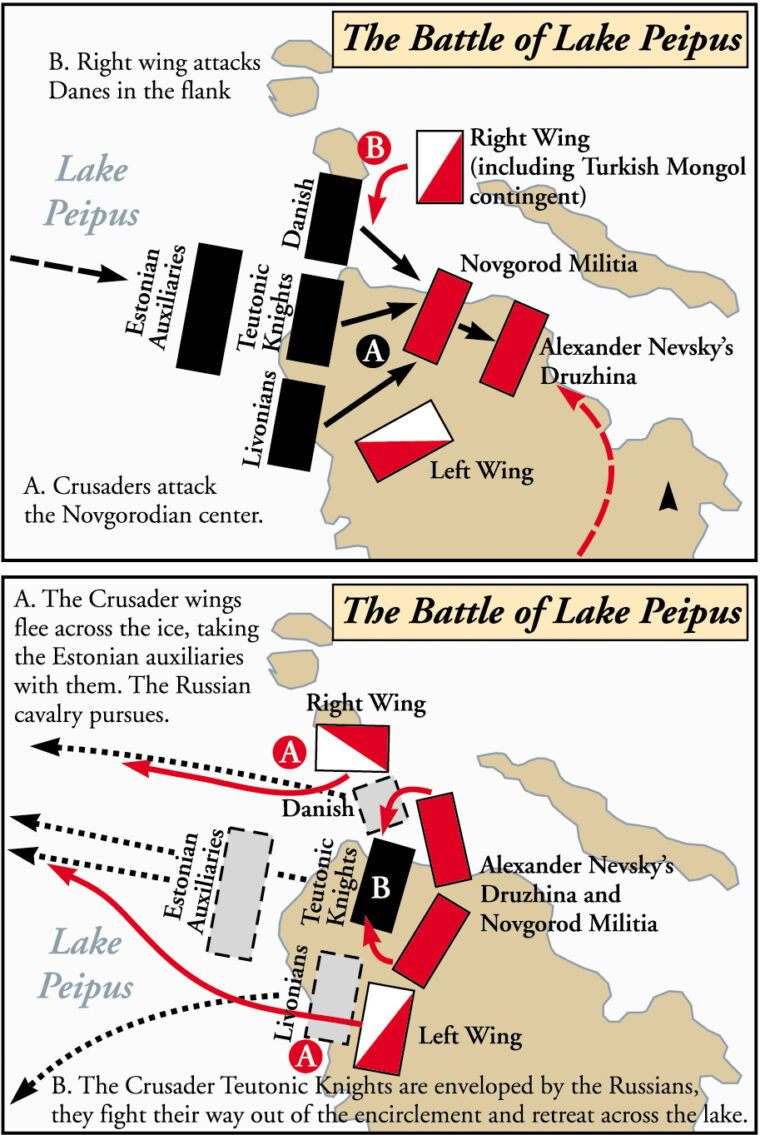
The Russian army was even more diverse than the Crusaders. At the top were the military elite, tribal aristocrats of the old ruling order Scandinavian mercenaries. These men had with them their followers and retainers, called druzhina. These men were servicebound, not landbound as most of feudal Europe was at this time. Perhaps 1,000 of them were armored and fought mounted. With the military elite came both urban and rural peasant militiamen and tribesmen fighting for love of country, loyalty to their leader, or for their Eastern Orthodox faith. With an estimated strength of between 3,000 and 4,000 men, it was the biggest contingent in the army. The men were unarmored but still very useful troops, providing needed bulk and archers to the Russian armies. Finally, there were a number of horse archers, 500 mercenaries in alliance with the Russians against the Crusaders. The total army numbered about 6,000 men.
Russian Soldiers Weakened Enemy Forces Before Attacking
Russian tactics were basically defensive in nature. A typical use of available forces would have the numerous Russian archers fire at an advancing enemy, weakening them as they came close. The foot soldiers would absorb the initial attacks—whether they held or not was impossible to predict, but this would spare the valuable druzhina for a devastating counterattack against a hopefully tired and disorganized enemy. The horse archers and skirmish cavalry, armed with composite bows, would begin to shoot before their opponents’ arrows could reach them. As one observer, Friar Carpini, noted, “They begin to shoot before their opponents’ arrows can reach them, sometimes even ahead of the time when they are not in range. As soon as their arrows can reach the mark unhindered they are said, owing to the density of their shooting, to rain arrows rather than to shoot them.”
When the Crusaders mustered their forces and closed in on the raiding Russian army, Alexander purposefully fled. It was late March, and ice still remained in the Russian streams and rivers. As the Russians fled back to their homeland, the Crusaders had their first victory. They managed to cut off and ambush a force of Russians separated from the main army, destroy it, and force the survivors to flee for their lives to the main army. Alexander didn’t panic—he knew his men. They would fight well when the time came.
The Russian army fell back to the area of gigantic Lake Peipus, the fourth largest lake in Europe. Lake Peipus was still frozen over, but with an uneven surface. The ice was thick enough for infantry and lighter cavalry to cross—it was not all that deep in many places—with little difficulty. Here, the Russian prince showed his innate knowledge of both the enemy and the terrain. He formed his army, not on the lake itself but on the shore, where he could face the attacking enemy as it stumbled to cross the ice. The numerous Russian archers were stationed in the center of the northern edge of the army, with the horse archers on the right flank to counter the Teutonic Order, which rode in the center of the Crusader army. Crusader allies were positioned on the right flank, Danes and Estonians to the left, and auxiliaries to the rear in support. The heavily armored knights formed the spearhead of a column followed by light cavalry and foot, which charged into the Russian infantry. Alexander and the men of Novgorod drew up their forces by the lake, at Uzmen, by the Raven’s Rock, and the Germans and Estonians rode straight at them, driving themselves like a wedge through their own army. The Crusaders wasted no time in attacking the Russians.
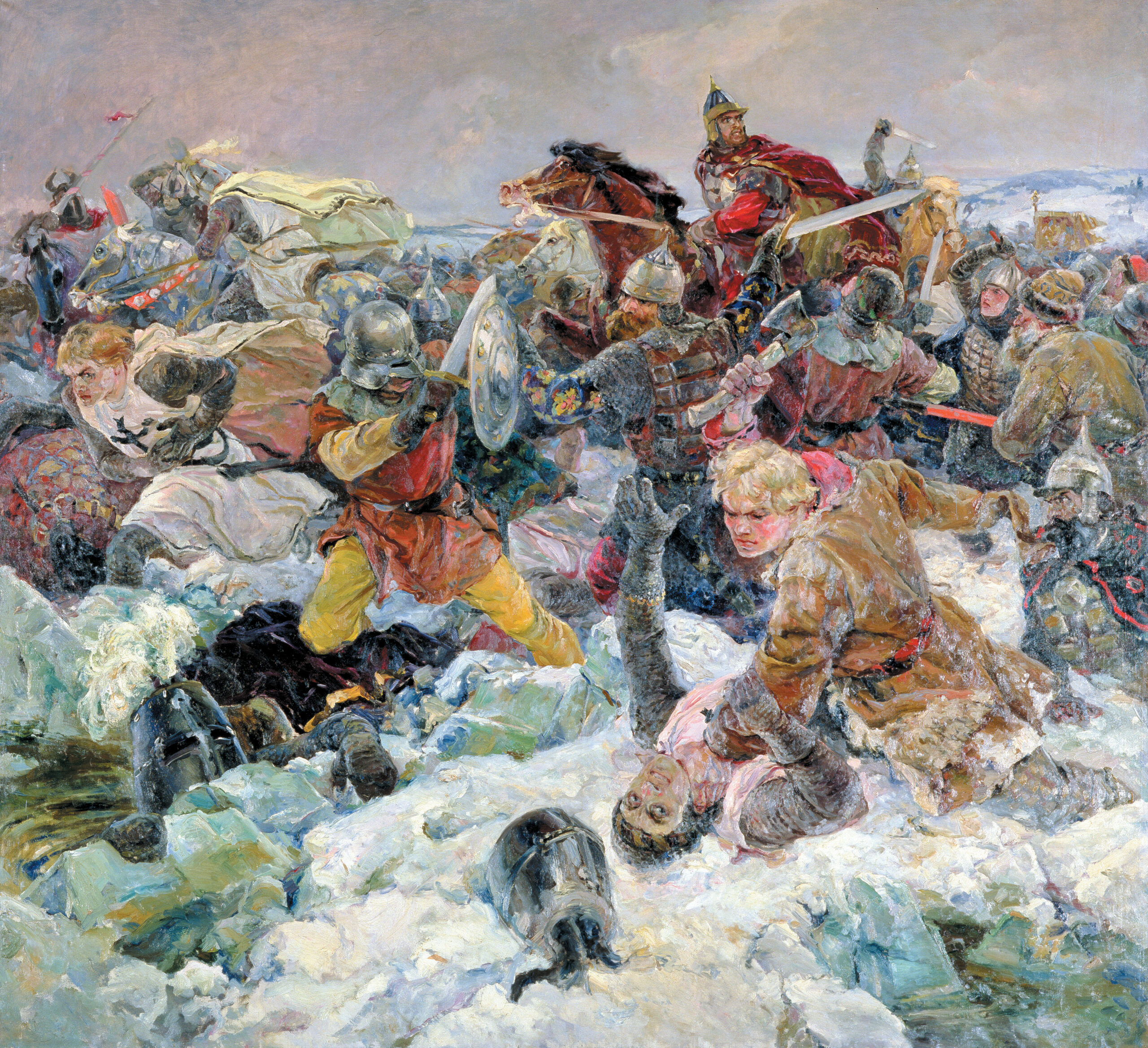
The battle began with their bold assault. Teutonic banners were soon flying in the midst of the archers, and broadswords were heard cutting helmets apart. The Crusaders had a very basic plan: kill or capture the Russian leader. Without their prince, the Russians would fragment because of loss of command control. The Germans knew this, and so did Alexander. The Russian center reeled and fell back from the force of the Crusader mounted attack, but this time the men did not break. Instead, the horse archers methodically began to destroy the Danish wing of the Crusader army. Much as the Germans and Poles had discovered at Liegnitz the year before, the Danes were finding out what it was like to be faced with an enemy they could not catch and that hurt them from a distance without their being able to reply. A whistling rain of arrows fell upon the surprised king’s men. The Estonians and Danes either died in their tracks or began to run away madly, seeking any escape from certain death. Once this occurred, the vastly superior Russian army began to outflank the outnumbered Crusaders.
The Fate and Legacy of the Teutonic Order
Although initially successful, the Crusader knights tired quickly from their disordered charge across the ice and the heavy fighting along the shoreline. The numerous Russian footmen had bent but had not broken as the knights smashed into their ranks, forcing lanes into the spearmen but in turn being pulled from their horses as they stumbled along the slippery shore. As the Crusaders grew more and more exhausted from swinging their swords and wielding their lances, the Russian numbers began to tell. The Russian prince then released his own cavalry, the druzhina.
The Russian cavalry was fresh and eager to come to grips with the enemy. As the horsemen slammed into the Crusaders, the Germans and their allies realized just how perilous their situation had become. The fighting grew desperate as the Crusaders fought first to survive, then to escape. Surrounded, they began to fall beneath the blades of the victorious Russians. Still, they did not panic, but Russian numbers and fresh troops—as well as the open flank the horse archers had cleared—meant that it was only a matter of time before the battle would be decided. The Crusaders were slowly forced back to the shoreline. Then, as in so many battles where morale and courage suddenly failed one side or the other, they broke and ran.
Twenty of the Brethren died that day. The bloody personal combat can be verified by the fact that only six of them were actually taken prisoner—this at a time when high ransoms were paid for valuable prisoners. The Crusader infantry was not so lucky; some 400 of the Germans were killed and another 50 taken prisoner.
Alexander rode home it triumph, with much money, a lot of horses and armor, and as prisoners tied to the harnesses of their own and other captured war horses. He pondered his future, however, even in his triumph. The Mongols remained a dire threat to the east and Alexander henceforth would put his energies into keeping a peace of sorts with the Mongols to preserve Novgorod. As for the Teutonic Order, the knights would continue their crusading efforts and find many new enemies to fight, their arrogance unrestrained by the defeat at Lake Peipus. This same arrogance would manifest itself in another defeat of a much larger magnitude at the hands of the Poles and Lithuanians at the Battle of Tannenberg in 1410. Thousands of knights would be killed in that battle, and the Teutonic Order would never recover its former glory.
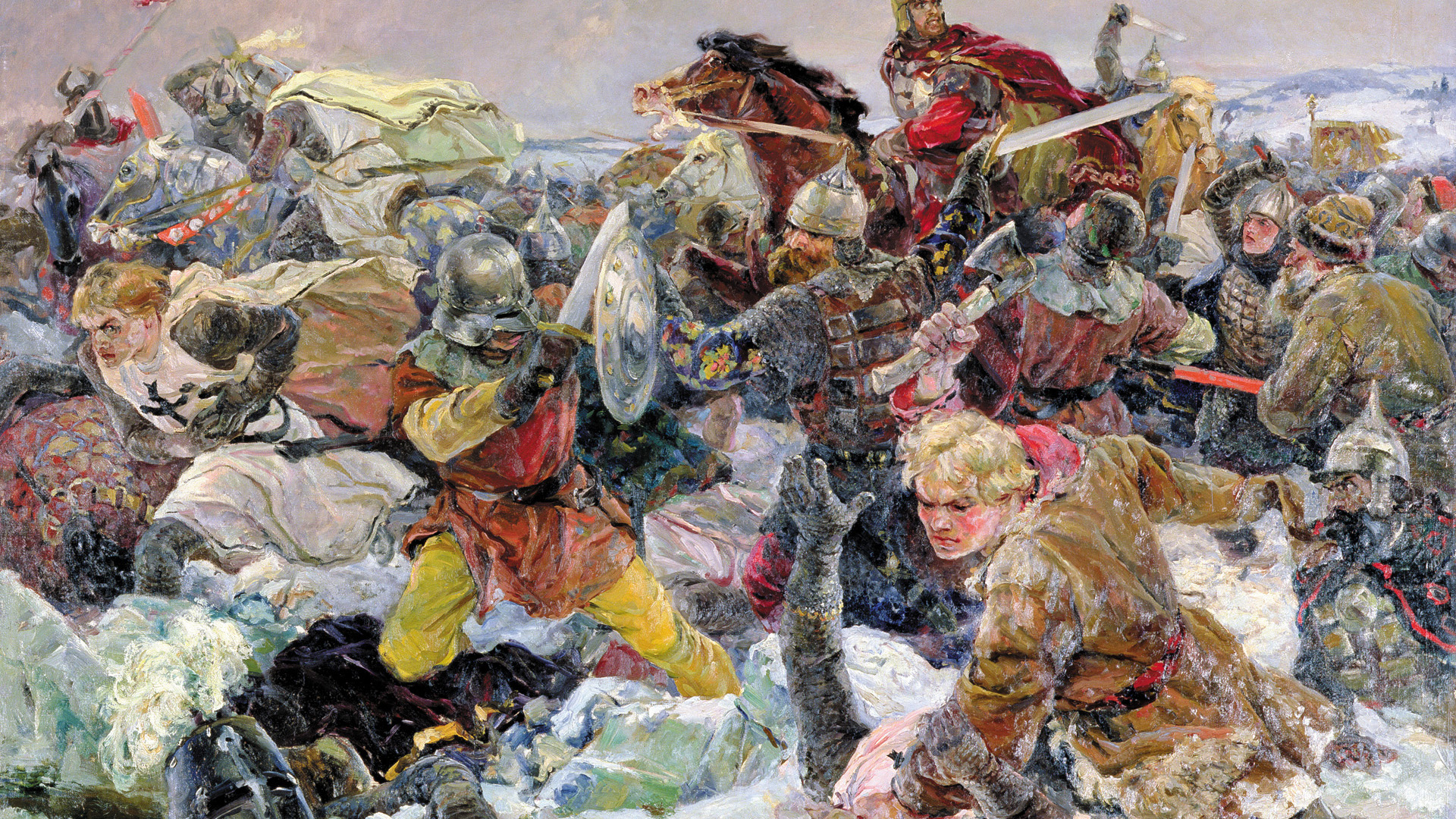
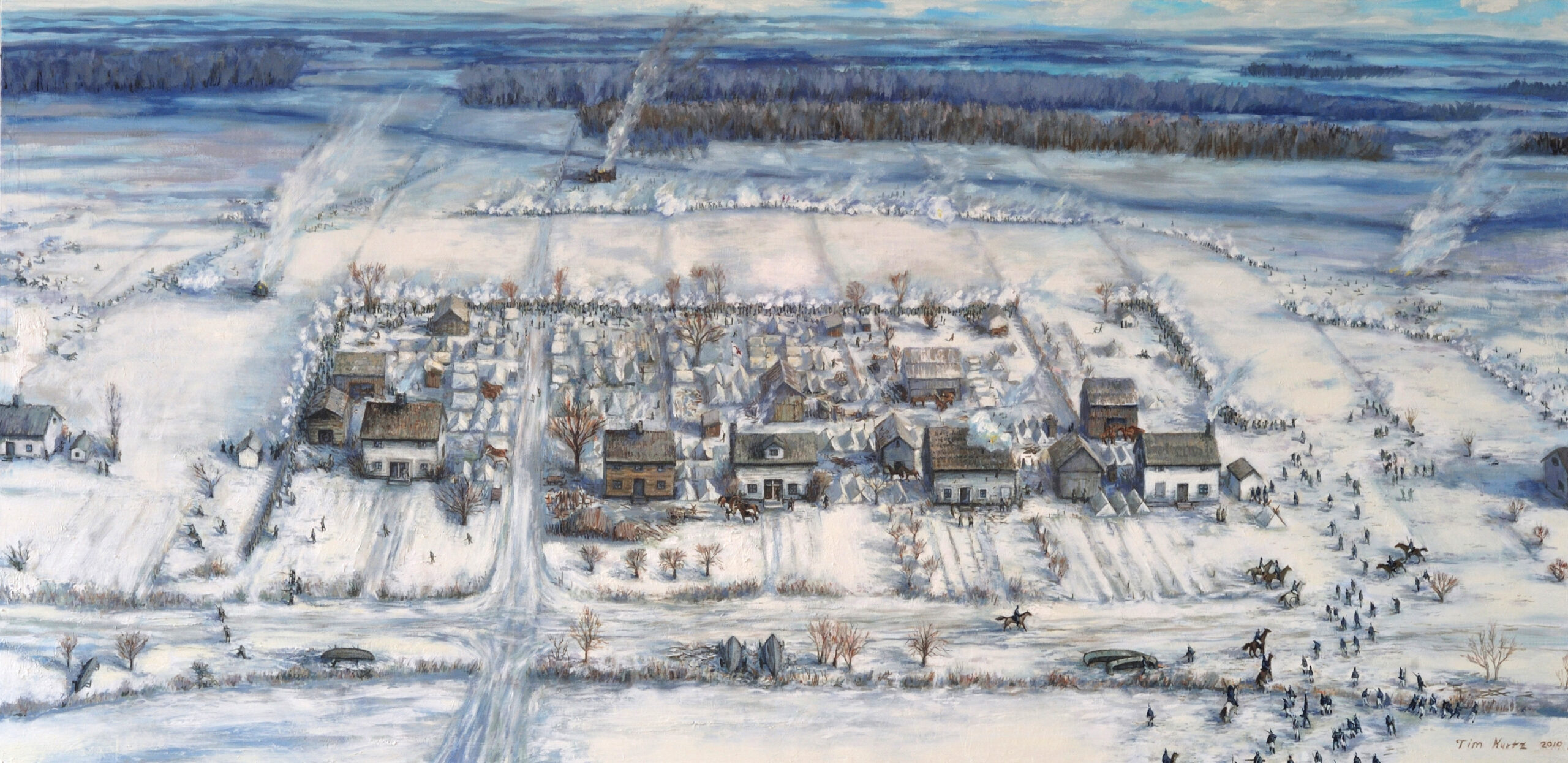

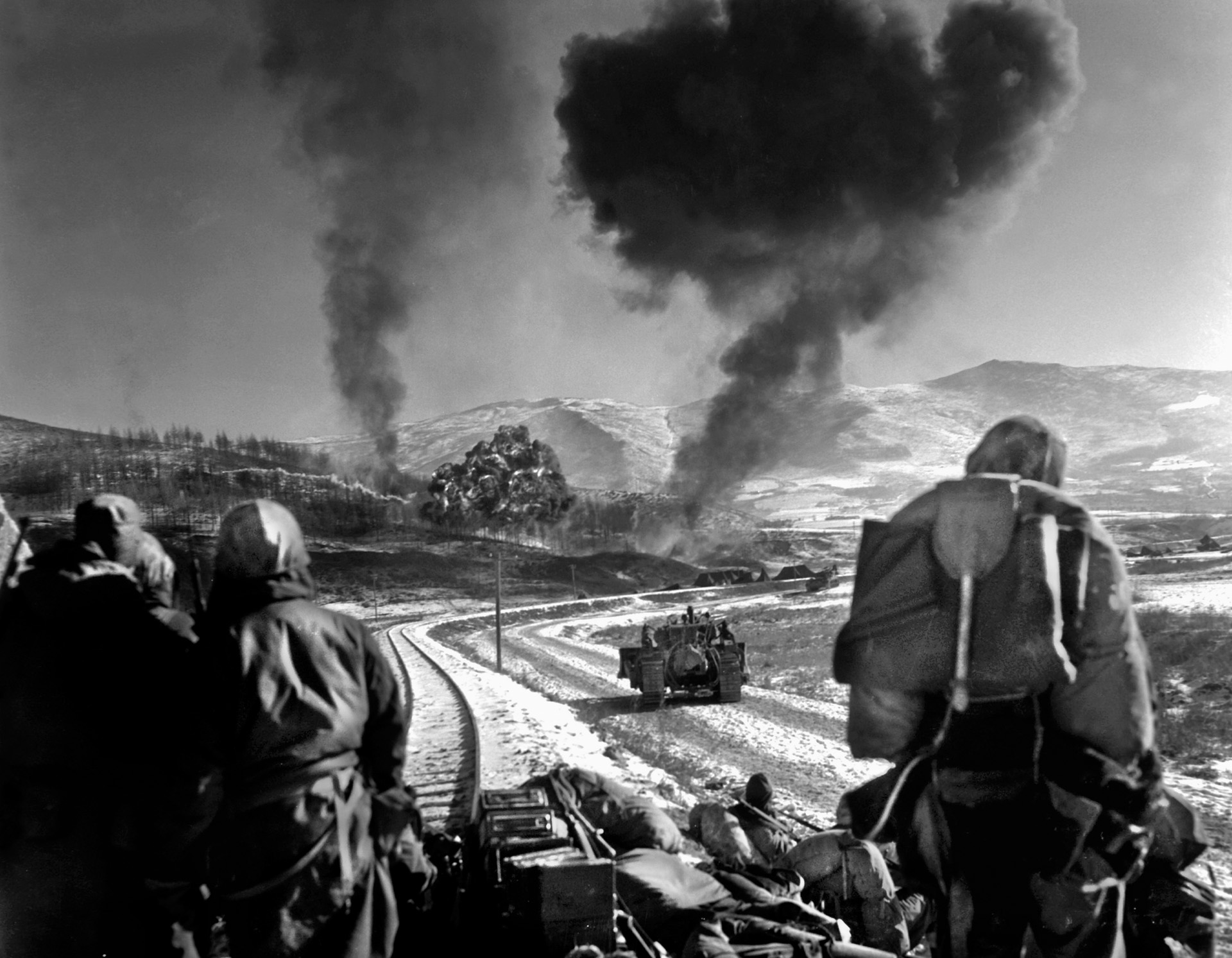
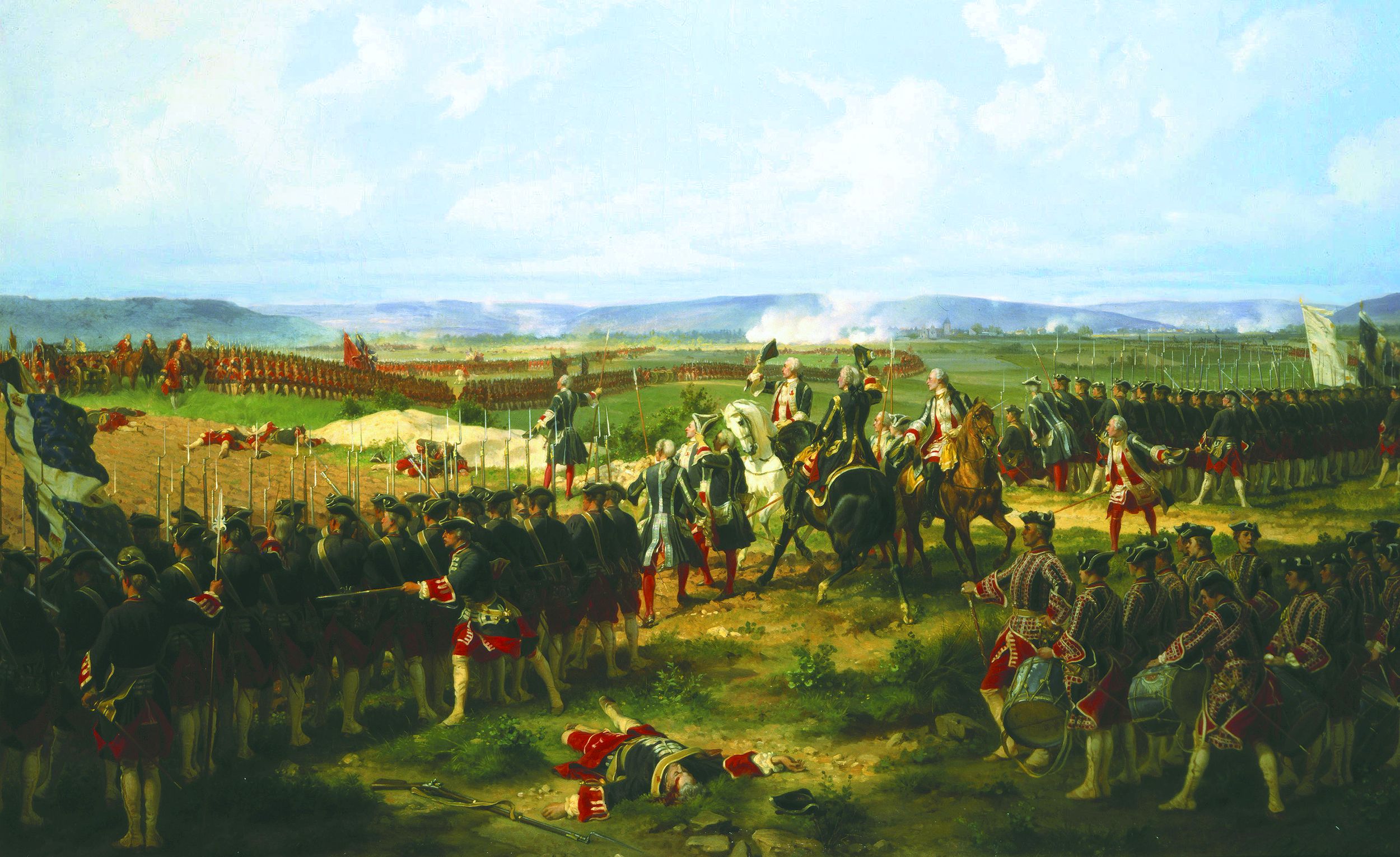
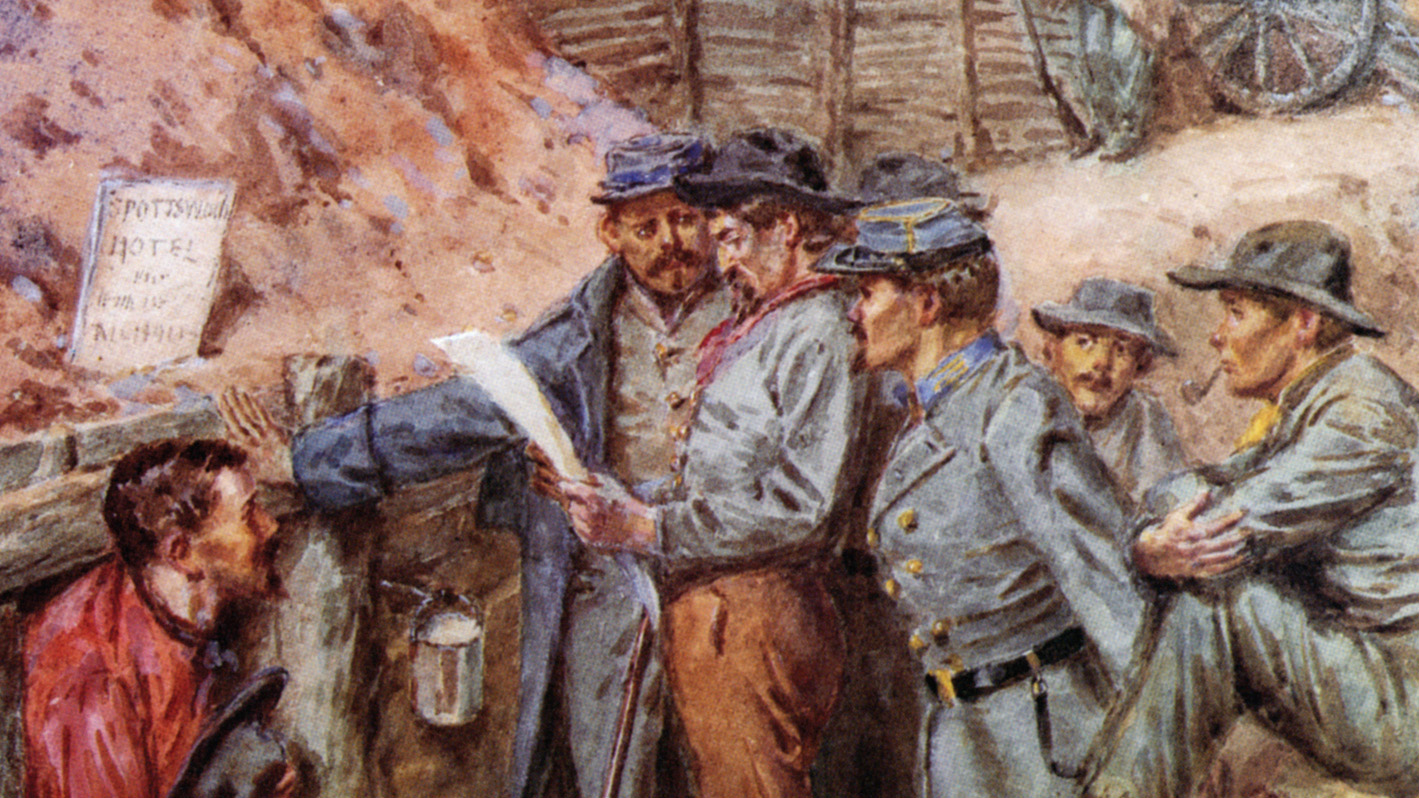
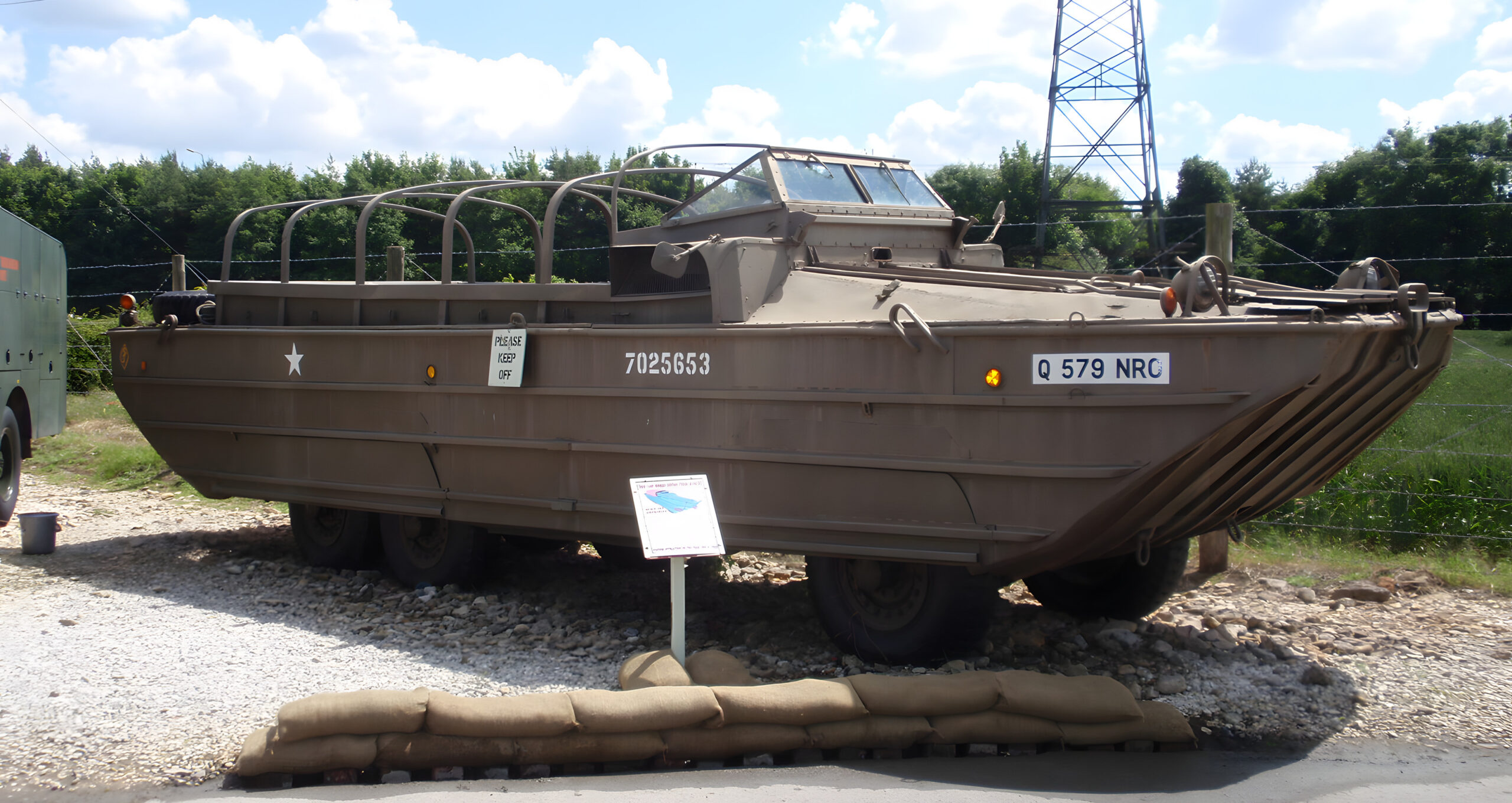
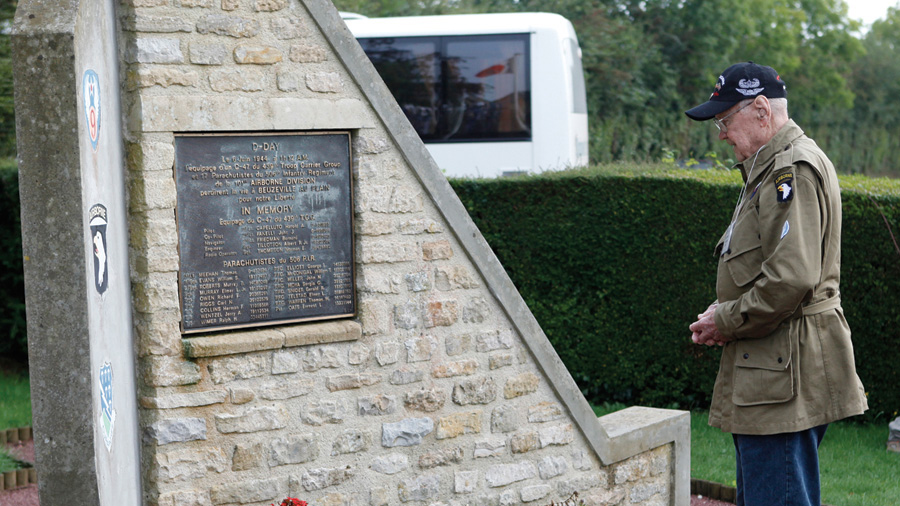
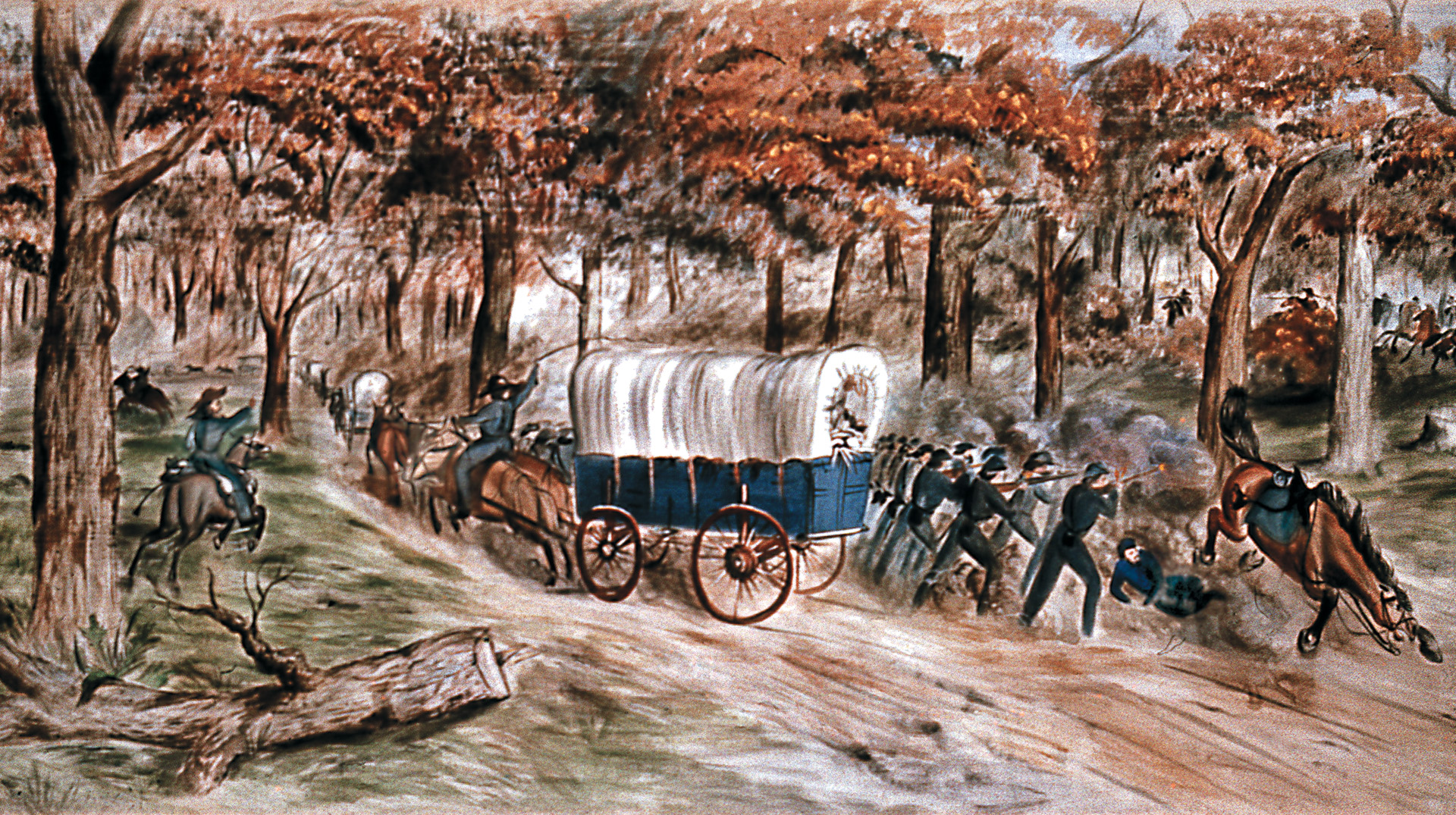
Join The Conversation
Comments
View All Comments